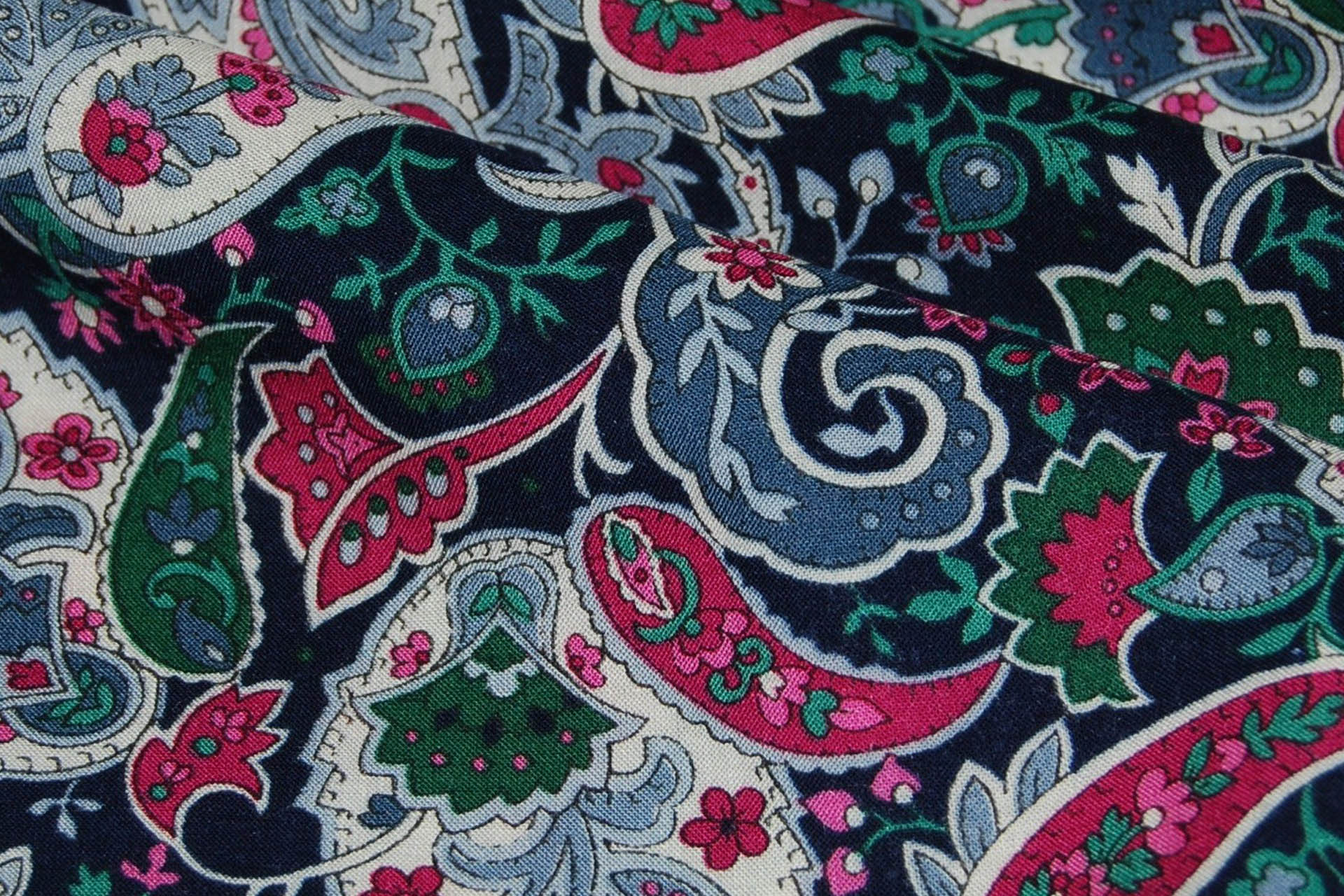Rayon, fake material made out of recovered and refined cellulose got from plant sources. Created in the late nineteenth century as a substitute for silk, rayon was the principal man-made fiber.
Rayon is portrayed as a recovered fiber on the grounds that the cellulose, acquired from delicate woods or from the short filaments (linters) that cling to cottonseeds, is changed over to a fluid compound, pressed through minor openings in a gadget called a spinnerette, and afterward changed over back to cellulose as fiber. The primary viable strides toward delivering such a fiber were spoken to by endeavors to work with the profoundly combustible compound nitrocellulose, created by treating cotton cellulose with nitric corrosive. In 1884 and 1885 in London, British scientific expert Sir Joseph Wilson Swan showed filaments made of nitrocellulose that had been treated with synthetic concoctions so as to change the material back to nonflammable cellulose. Swan didn’t catch up the exhibits of his innovation; in this way, the advancement of rayon as a down to earth fiber truly started in France, with crafted by mechanical scientific expert Hilaire Bernigaud, comte de Chardonnet, who is habitually called the dad of the rayon business. In 1889 Chardonnet showed filaments made by pressing a nitrocellulose arrangement through spinnerettes, solidifying the rising planes in warm air, and afterward reconverting them to cellulose by concoction treatment. Production of “Chardonnet silk,” an early kind of rayon and the main economically delivered man-made fiber, started in 1891 at a manufacturing plant in Besançon.
Rayon stays a significant fiber, in spite of the fact that creation has declined in modern nations on account of natural concerns associated with the arrival of carbon disulfide into the air and salt side-effects into streams. Such concerns have prompted the improvement of new sorts of rayon, for example, lyocell. Lyocell is created by dissolving wood cellulose in a nontoxic amine oxide dissolvable, which is washed from the recovered strands and recouped for reuse.


